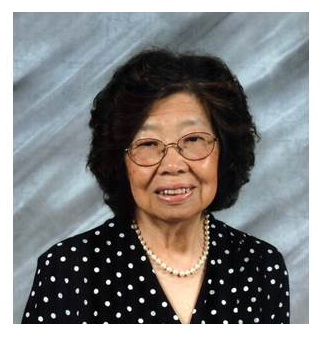
Grace Y. Sun
University of Missouri, Columbia, USA
Title: Unveiling the oxidative/inflammatory and the anti-oxidative pathways in microglial cells
Biography
Biography: Grace Y. Sun
Abstract
Microglia is the major immune active cell in the brain, are known to play multiple functional roles for maintaining brain health. Besides ability to migrate to sites of injury and scavenge cellular debris, these cells also become activated in response to stimuli, including cytokines, chemokines and toxins. Upon activation, these cells release pro-inflammatory and neurotrophic factors, this can alter the environment of neighboring cells. Microglia activation has been implicated in the acute and chronic inflammation in a number of neurological diseases, including Alzheimer’s disease, stroke and traumatic brain injury. Some noted pro-inflammatory events include activation of cytosolic phospholipase A2 (cPLA2) and stimulation of the NF-kB transcriptional pathway. In our studies, we have used the bacteria endotoxins (lipopolysaccharides, LPS) to stimulate the Toll-like receptors in microglia and activate both cPLA2 and the NF-kB pathway, leading to the release of prostaglandins, pro-inflammatory cytokines, reactive oxygen species (ROS), and nitric oxide (NO). A number of botanical polyphenols have been shown to inhibit the oxidative/inflammatory responses elicited by LPS. Interestingly, some phytochemicals not only can mitigate the NF-kB responses but also stimulate the anti-oxidant pathway involving the Nrf2 and activation of the Antioxidant Response Element (ARE). The Nrf2/ARE transcription pathway is known to play an important role in the synthesis of a large number of antioxidant enzymes including heme oxygenase-1 (HO-1). Although more studies are needed, there is evidence that activation of MAPKs may play an important role in mediating the cross-talk between the NF-kB and Nrf2 pathways. Future studies to uncover regulation of these pathways in microglia will be important in the development of novel therapeutic strategies to fight against neurological diseases and aging.

